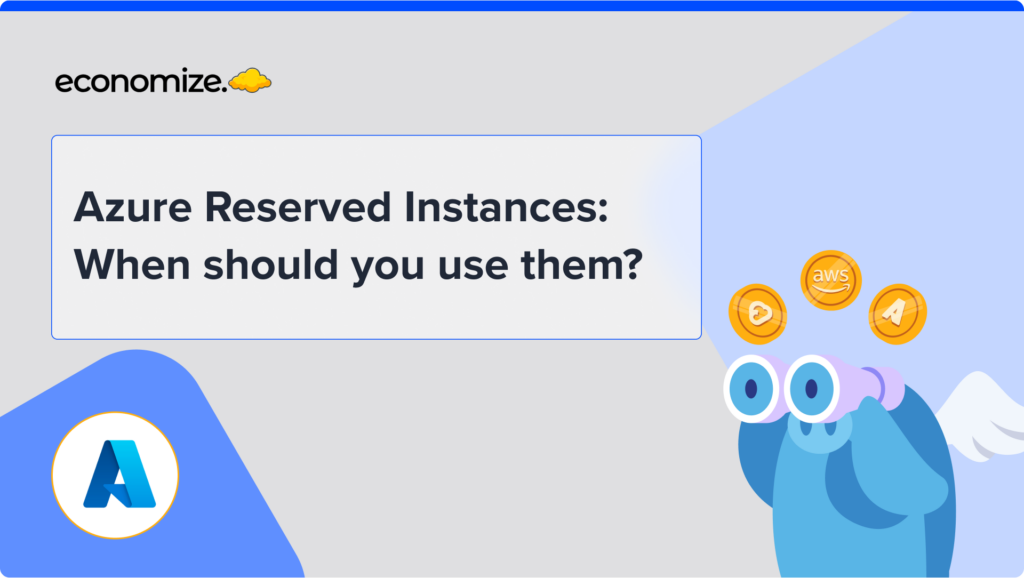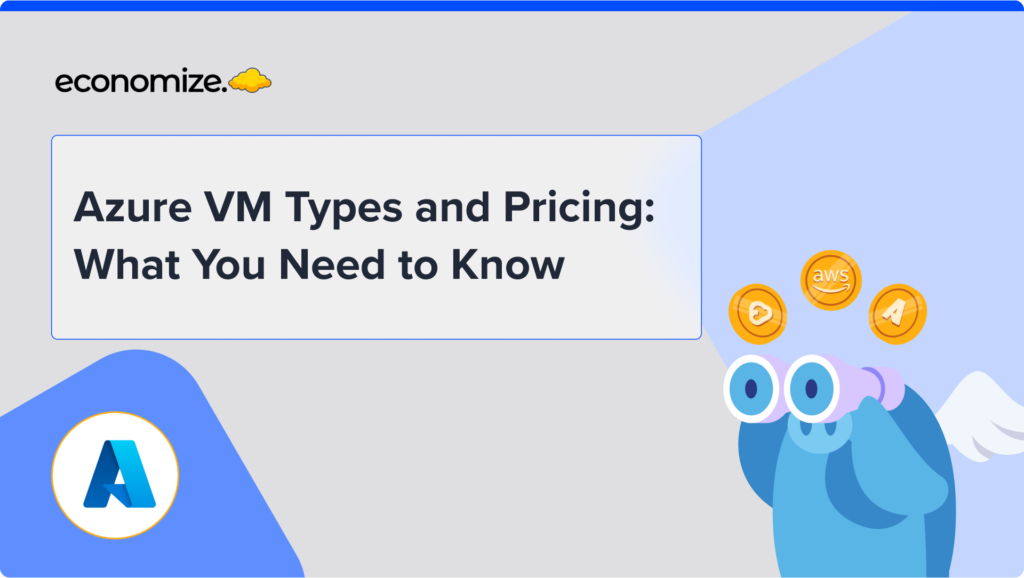Today, agility, scalability, and flexibility are vital contributors to running a successful business. Containerization is a software development process that helps to incorporate these values into software applications. It offers flexibility and consistency while deploying your application across diverse environments. Containers provide a lightweight, isolated environment for running applications, enabling developers to build, test, and deploy software with greater efficiency and reliability.
What is containerization
Containerization has become increasingly important for businesses to modernize their infrastructure and cloud architectures. Containerization is the concept of encapsulating your application and its dependencies into a single, portable, and lightweight unit. By abstracting applications from the underlying infrastructure, containers enable seamless deployment across various environments, from on-premise data centers to cloud-based environments. Docker is a leading container orchestration platform that standardized the format for packaging applications and their dependencies into containers.
What is Amazon ECS
AWS offers containerization via Elastic Container Service (Amazon ECS) to enhance its cloud infrastructure. Amazon ECS is a fully managed, container orchestration service that helps you deploy, manage, and scale your containerized application in AWS. As it easily integrates with other AWS services and third-party services, you can easily deploy and scale your application across different AWS Regions and on-premise data centers.
How does Amazon ECS work

Amazon ECS allows users to define task definitions that specify how containers should be run and managed, including container image, CPU and memory requirements, networking configurations, and task placement constraints. Users can then create ECS clusters to host and run these tasks across a fleet of EC2 instances or AWS Fargate, which is a serverless compute engine for containers. ECS manages the underlying infrastructure and handles tasks such as scheduling, scaling, and monitoring, allowing developers to focus on building and deploying their applications without worrying about the underlying infrastructure. With features like automatic load balancing, service discovery, and integration with other AWS services, ECS provides a scalable and reliable platform for running containerized workloads in production environments.
Features of Amazon ECS
Amazon ECS provides a scalable and reliable platform to run your Docker containers in a cloud environment. ECS orchestrates the deployment of containers across EC2 instance clusters or through AWS Fargate while offering control over your resources. The features of Amazon ECS are as follows:
Integration with AWS Services: ECS integrates seamlessly with other AWS services like Elastic Load Balancer (ELB) to distribute incoming traffic across containers, CloudWatch for monitoring your containerized applications, and IAM for managing permissions and access control.
Security and Compliance: ECS follows strong security practices to ensure data privacy. ECS offers encryption at rest and in transit, integrates with AWS Key Management Services (KMS) for managing encryption keys, and provides IAM roles for fine-grained access control.
Service Discovery: ECS provides service discovery capabilities, allowing containers within the same service to communicate using DNS services like Amazon Route 53 or private IP addresses.
Container Insights: ECS Container Insights provides detailed monitoring and performance metrics for containerized applications which offers insights into CPU and memory utilization, request rates, and latency, enabling users to optimize application performance and resource utilization.
Amazon ECR: Amazon Elastic Container Registry (ECR) is a fully managed centralized Docker container registry within AWS that helps in managing and deploying your container images. It eliminates the need for users to maintain their own container registry, offering a scalable solution for storing Docker images

Amazon ECS pricing models
AWS does not claim any additional charges for Amazon ECS. The pricing structure for ECS primarily revolves around the resources consumed and the type of infrastructure utilized, such as the EC2 instances, AWS EBS volumes, etc. The pricing model of Amazon ECS is as follows:
AWS Fargate Launch Type Model
In this model, you pay for the vCPU, memory, operating system, and storage resources consumed by the containers to run your application. Pricing is calculated on a per-second basis with a minimum of 1 minute. In the case of Windows containers, pricing is calculated per second with a 5-minute minimum. The billing duration is calculated from the time you pull your container to the time your container terminates, rounded up to the nearest second.
There are no upfront charges. Additional charges may incur for any additional AWS services consumed by your container or for data transfer.
The pricing details are as follows for the US East (Ohio) region:
| OS | Unit | Price |
| Linux/X86 | per vCPU per hour per GB per hour | $0.04048 $0.004445 |
| Linux/ARM | per vCPU per hour per GB per hour | $0.03238 $0.00356 |
| Windows/X86 | per vCPU per hour OS lisence fee – per vCPU per hour per GB per hour | $0.046552 $0.046 $0.00511175 |
Fargate Spot pricing for Amazon ECS
Fargate Spot is used to run interrupt-tolerant workloads on spare capacity. It offers up to 70% discount off of regular Fargate price. The Fargate spot pricing table for US East (Ohio) is as follows:
| Unit | Price |
| per vCPU per hour | $0.01264763 |
| per GB per hour | $0.0013888 |
Fargate Ephemeral Storage pricing
AWS provides 20GB of free ephemeral storage for all Fargate tasks. The pricing of additional storage used is as follows (US East – Ohio)
| Unit | Price |
| per storage GB per hour | $0.000111 |
Amazon EC2 Launch Type Model
In EC2 Launch Type, you pay only for the EC2 instances and EBS volumes you consume. As EC2 includes a free tier, you can freely consume up to 750 hours of Linux and Windows t2.micro instances (t3.micro, if t2.micro is unavailable) per month and 750 hours of public IPv4 addresses per month, up to 1 year.
Once the free tier expires, you can pay for the EC2 instances according to the EC2 pricing model. To estimate your monthly EC2 instance costs, visit our AWS pricing calculator.
Amazon ECS on AWS Outposts
AWS Outposts are fully managed AWS infrastructure deployed in the customer location. You can locally run your AWS compute, storage, and database resources with the same API and management console as in the AWS cloud. You can run your container service on Outposts with Amazon ECS. The control plane for Amazon ECS will be on the cloud and not on the outposts.
Amazon ECS on AWS Outposts pays for the resources utilized by the containers to complete the task. You can purchase your Outpost racks for 3-year terms and you can make payments as All upfront, Partial upfront, or No upfront.
Amazon ECS Anywhere
Amazon ECS Anywhere is a feature that lets you run your fully managed containers on on-premise infrastructure. This helps you to centrally manage your container applications running across both cloud and on-premise environments.

ECS Anywhere has a free tier which includes 2200 instance hours per month up to six months across all regions for a single account. Beyond the free tier limit, the user has to pay $0.01025 per hour for each managed ECS Anywhere on-premise instance. Billing starts from the time when your on-premise instance is registered with the ECS Anywhere control plane to when it is deregistered, for a minimum of 1-minute per instance.
Apart from this, you may incur additional charges for the AWS Systems Manager agent (SSM Agent) which is used to authenticate and register your on-premise instances with the Amazon ECS Anywhere control plane. You may be charged for registering your on-premise instances with AWS System Manager if you have more than 1000 instances per account per region.
Data transfer costs are charged for communication between your ECS Anywhere control plane and ECS agent that occurs through VPN or Direct Connect. No charges apply for data transfer over the Internet.
Amazon ECS Cost optimization strategies
To maximize efficiency, it is essential to monitor and implement effective cost-optimization strategies while using your cloud services. Here are a few AWS ECS cost optimization strategies that can help you reduce your cloud cost.
Tagging your resources
Tagging helps you to categorize your resources and allocate costs across your AWS resources. Tagging ECS resources like services, task definition, tasks, clusters, and container instances helps you to better allocate costs and improve visibility into your workload.
Tags also help users to group their resources based on specific criteria such as environment or application type. This helps simplify cost analysis and optimization efforts by identifying resource usage patterns and finding underutilized resources.
Savings Plan
Savings plan offers significant cost savings on EC2 and Fargate instances. It offers up to a 50% discount on Fargate instances for a commitment to use a specific compute capacity over a one to three-year term. Before purchasing Savings Plans for ECS, analyze your containerized workloads to identify usage patterns and resource requirements. This analysis helps you determine the right type of Savings Plan.
However, it is important to note that Savings Plan usage will be allocated to the resources that generate the most savings for the customer, which may vary depending on usage patterns and commitments across different types of AWS services.
Utilize Spot Pricing
Amazon ECS spot pricing on Fargate offers up to 90% discount when compared to on-demand pricing. By utilizing Spot instances for non-critical tasks that can tolerate interruptions, businesses can significantly reduce their compute costs.
You can set up service autoscaling policies that can define the minimum number of standard tasks that should remain operational constantly, and then supplement them with tasks running on Fargate Spot to enhance performance. the Scheduler will deploy tasks to Fargate Spot based on availability. Whenever the spot capacity becomes unavailable, Fargate Spot will scale down while maintaining the minimum number of regular tasks to keep the application available.
Setup multiple Load Balancers
Amazon ECS can attach multiple load balancer target groups that are running on Amazon EC2 or AWS Fargate. By attaching multiple target groups to your ECS service, you can streamline the infrastructure code, lower your expenses, and enhance the manageability of your ECS services. This enables maintaining a single ECS service to handle traffic from both internal and external load balancers. Thus, you need to manage only a single service instead of two to handle internal and external traffic.
Implement Task Scheduling
Task scheduling plays a crucial role in ECS cost optimization. By scheduling tasks based on resource availability and demand, and business needs, you can optimize resource utilization and minimize idle capacity. ECS offers flexible scheduling options, including task placement strategies and scheduling constraints, allowing users to orchestrate tasks efficiently.
Amazon ECS provides a service scheduler to run standalone tasks, scheduled tasks for batch jobs, or single-run tasks. The scheduler ensures that your tasks are rescheduled in case of any failures, and replaces tasks if it is found to be unhealthy, after a container health check or load balancer health check.
Conclusion
Amazon ECS provides a robust platform for deploying and managing containerized applications, offering agility, scalability, and reliability for modern cloud-native infrastructure. By choosing the right pricing model and following these cost optimization strategies, you can enhance the performance of your container services in the AWS environment in a cost-efficient manner.
How can we help?
As cloud resources and the need for cloud infrastructure are increasing in demand, it is essential to understand how to keep your cloud costs under control. We understand that every business is unique. Economize offers customized solutions to reduce your cloud expenditures while maintaining optimal performance. Book a free demo with us today, and our experts will guide you through methods to cut down your AWS costs by up to 30% in just 10 minutes.








